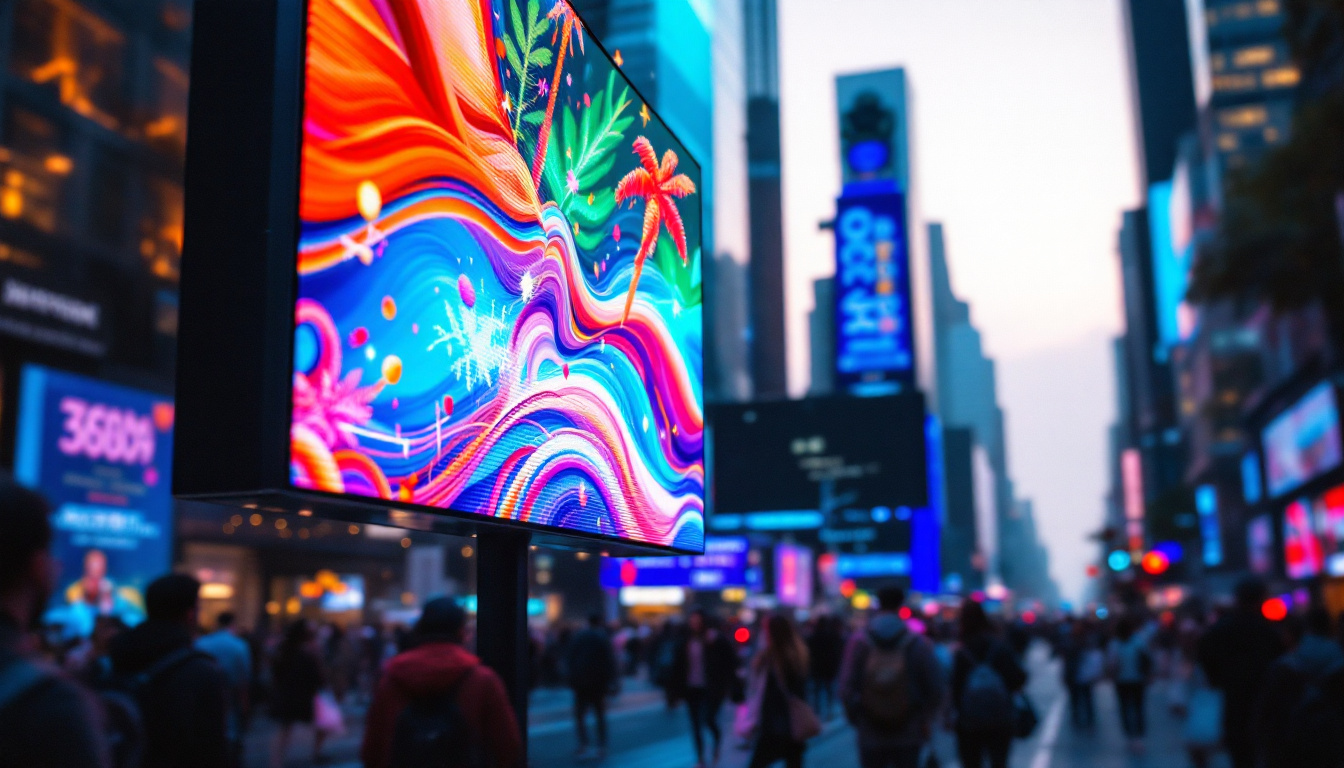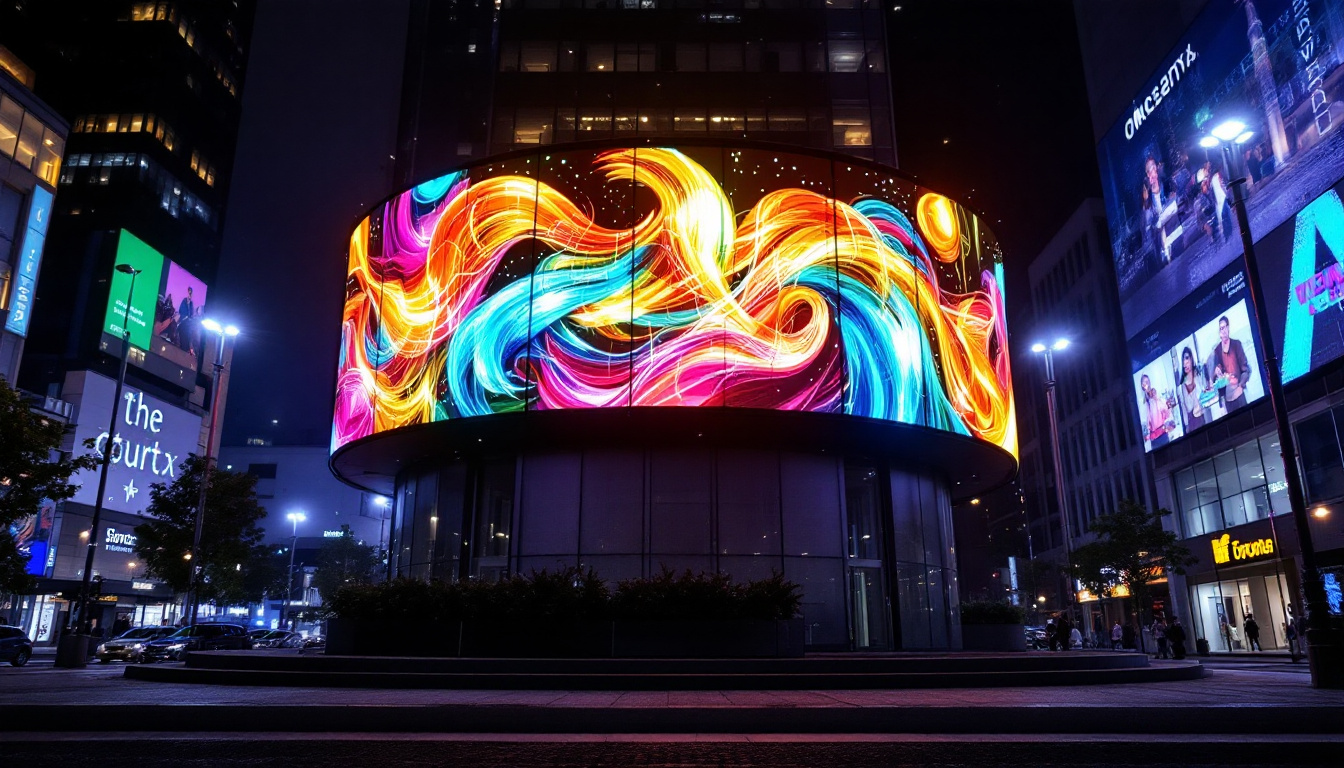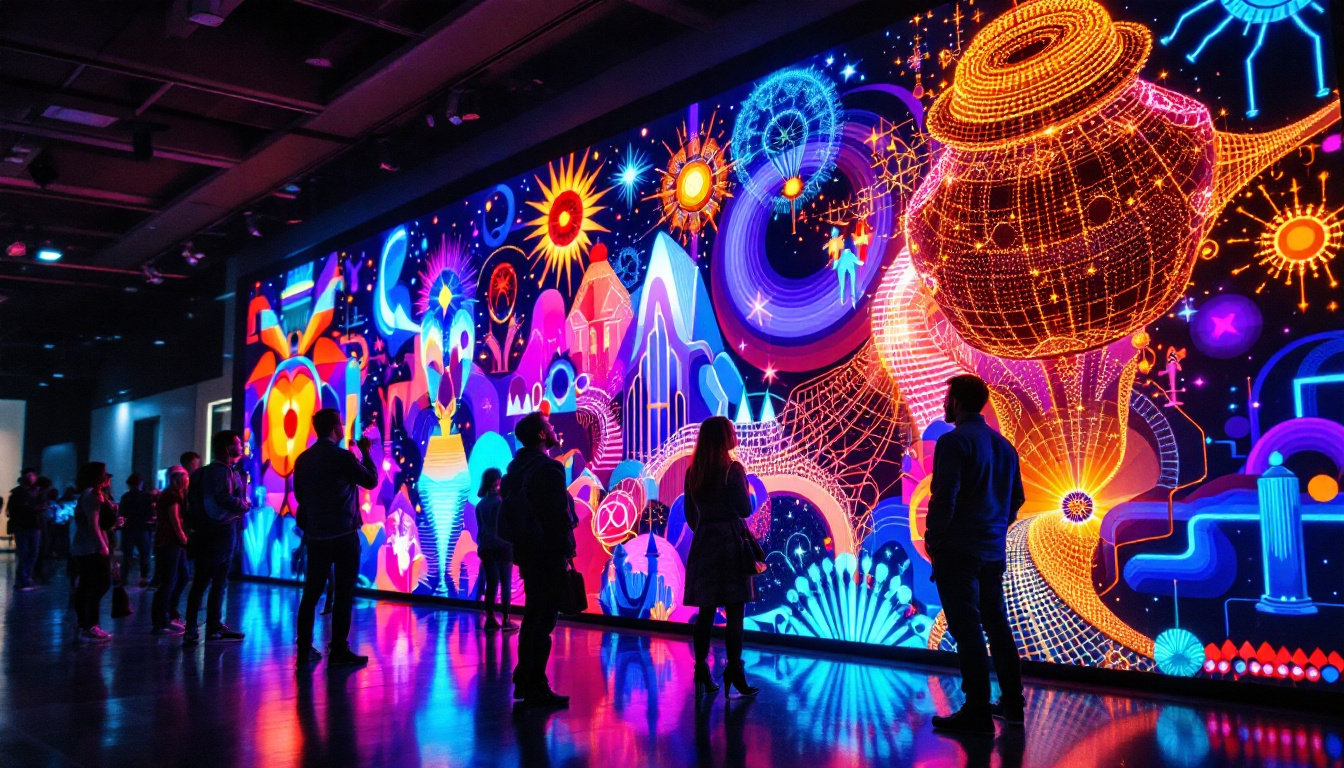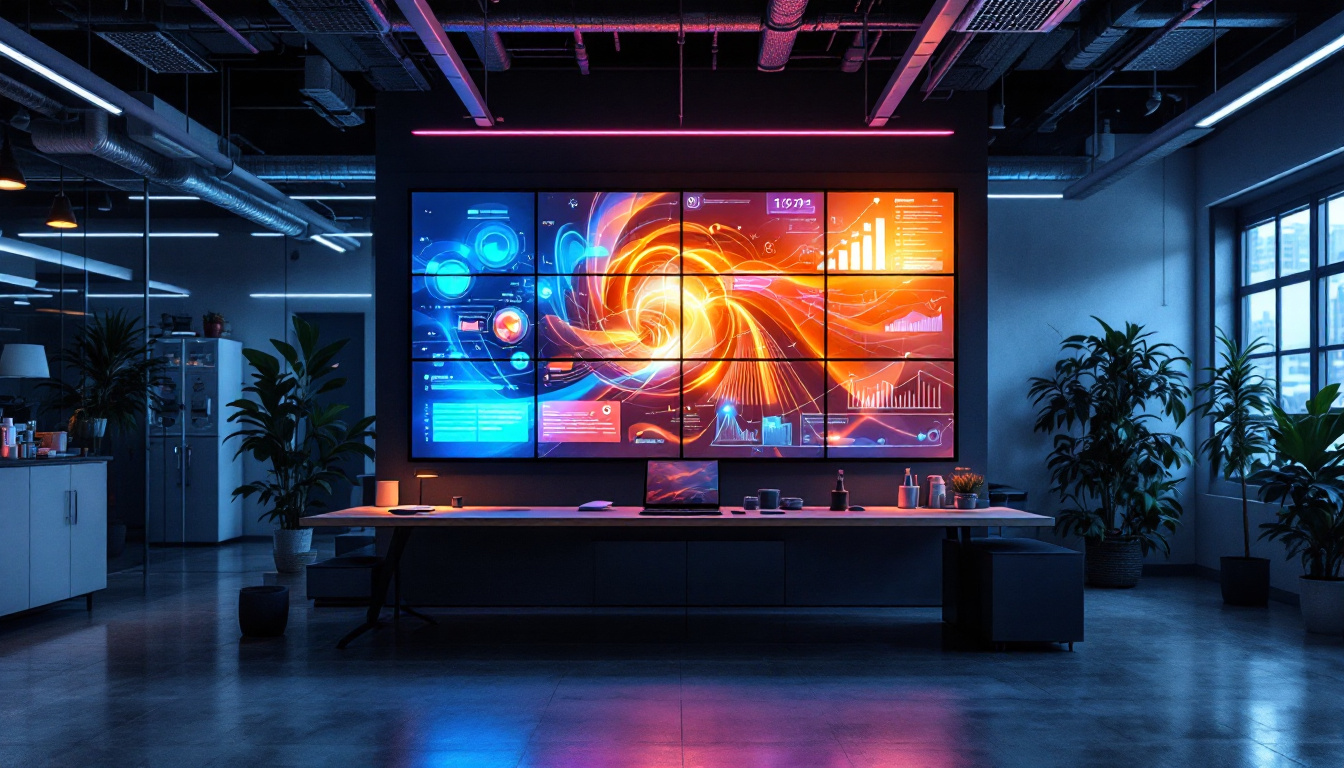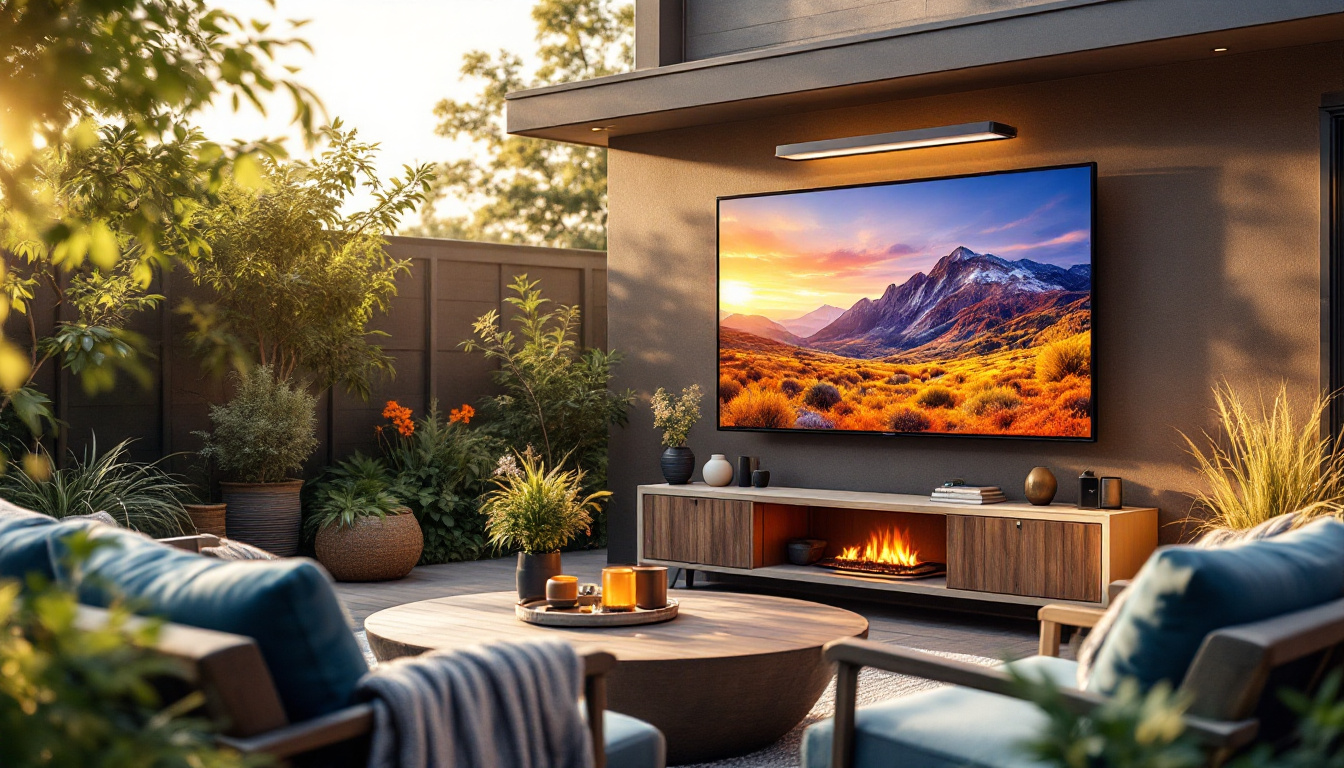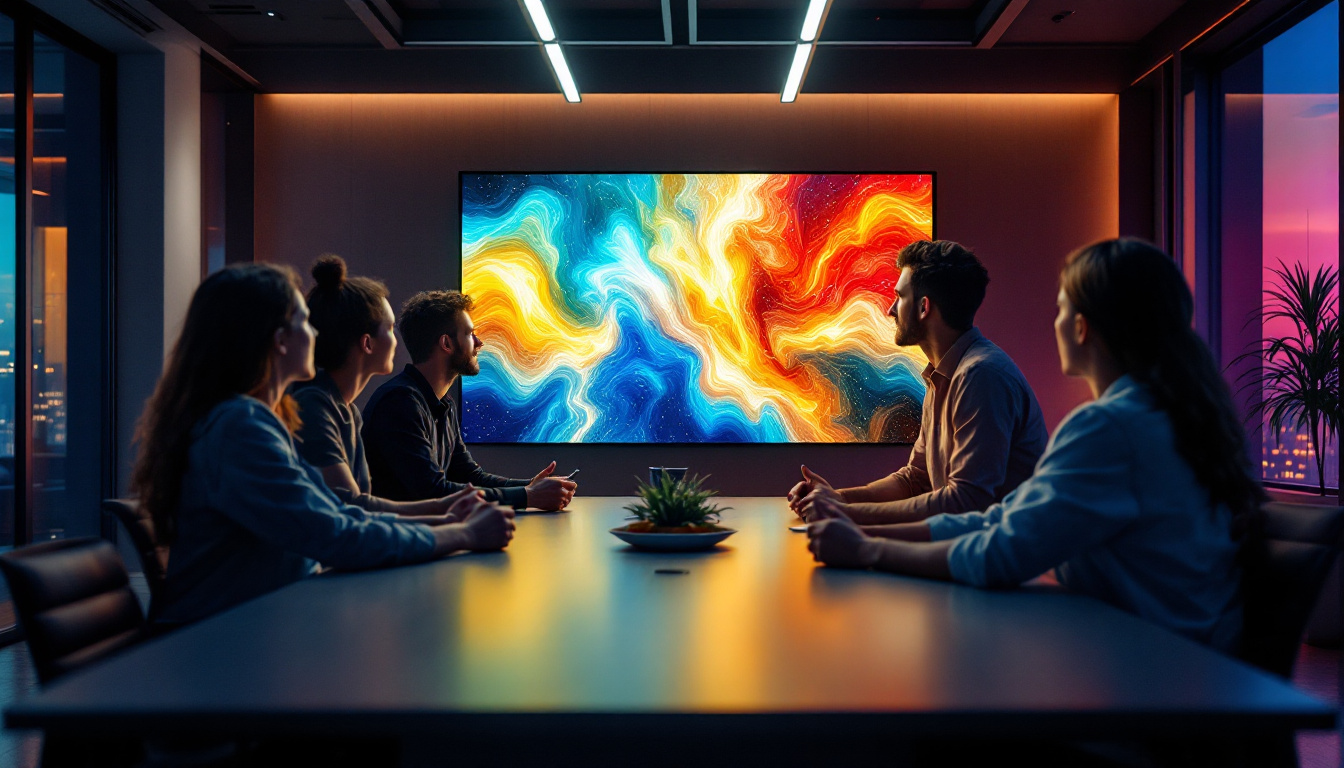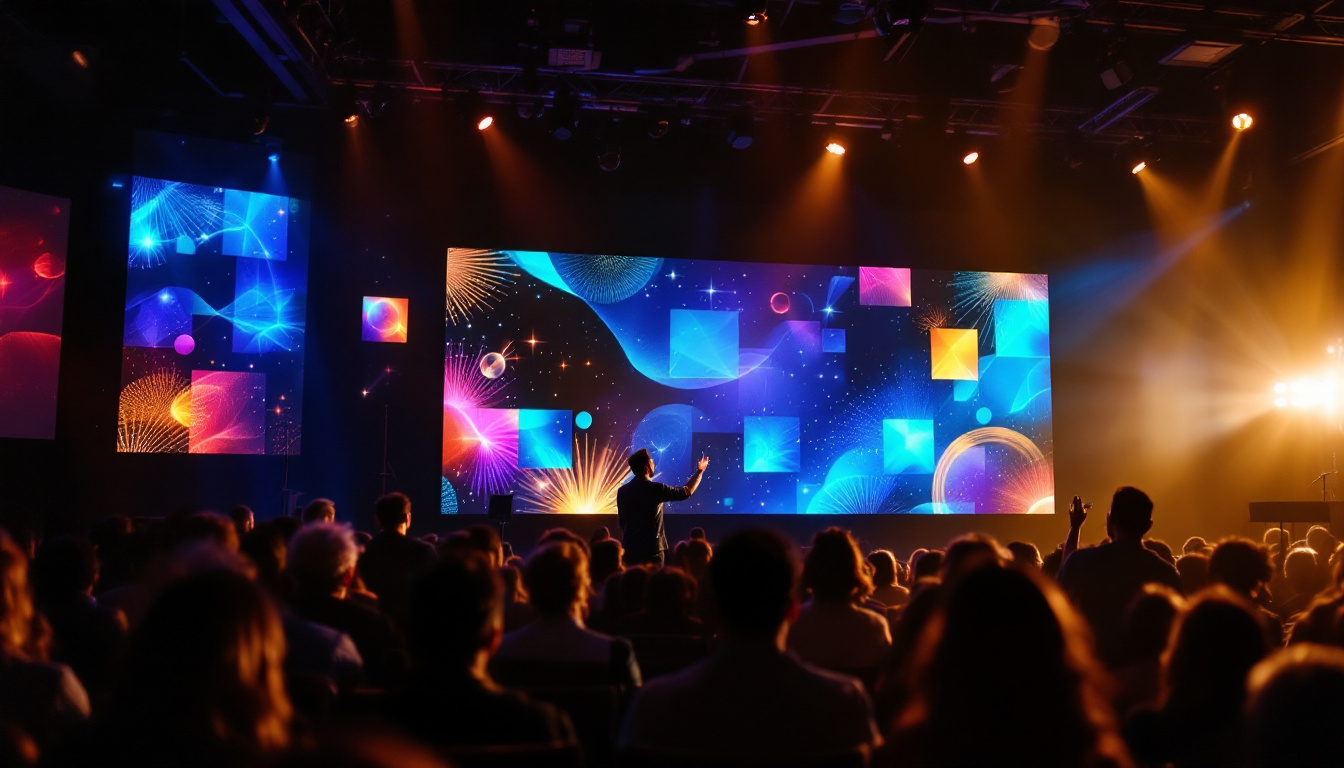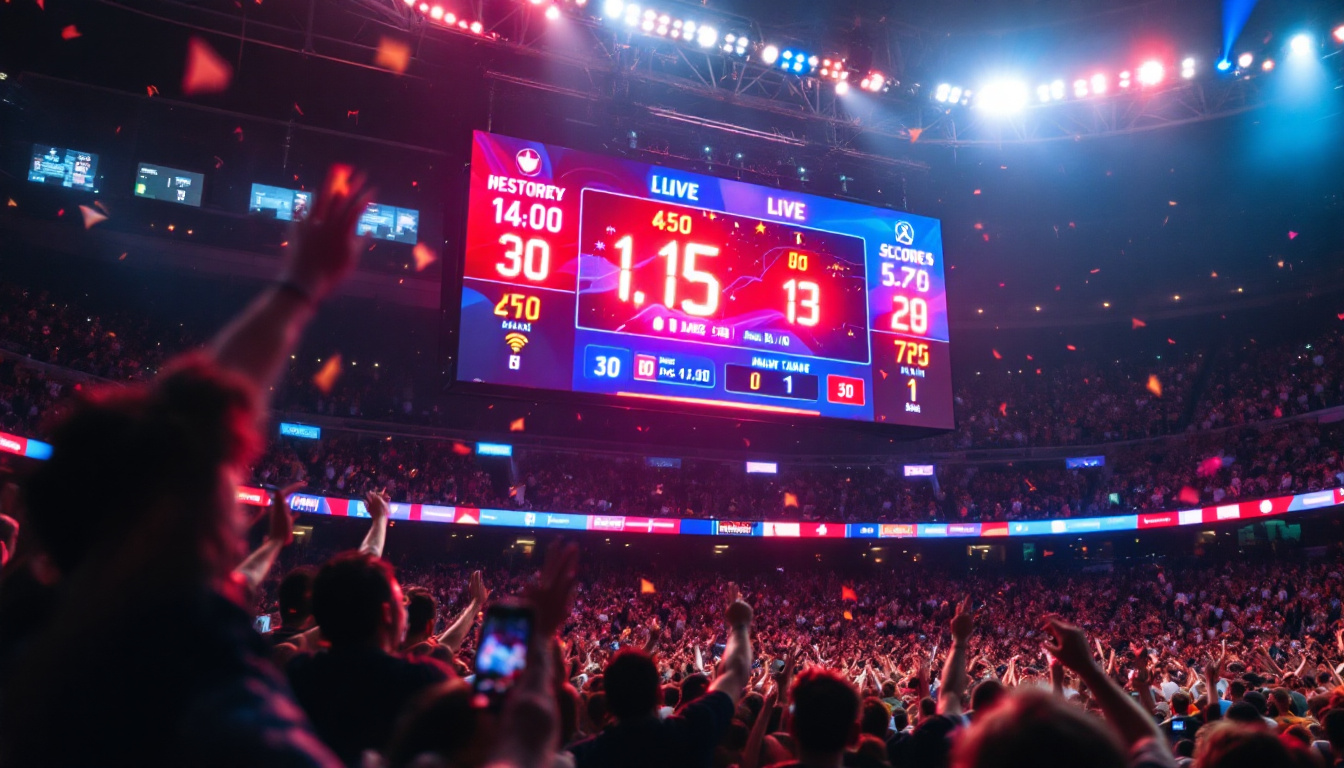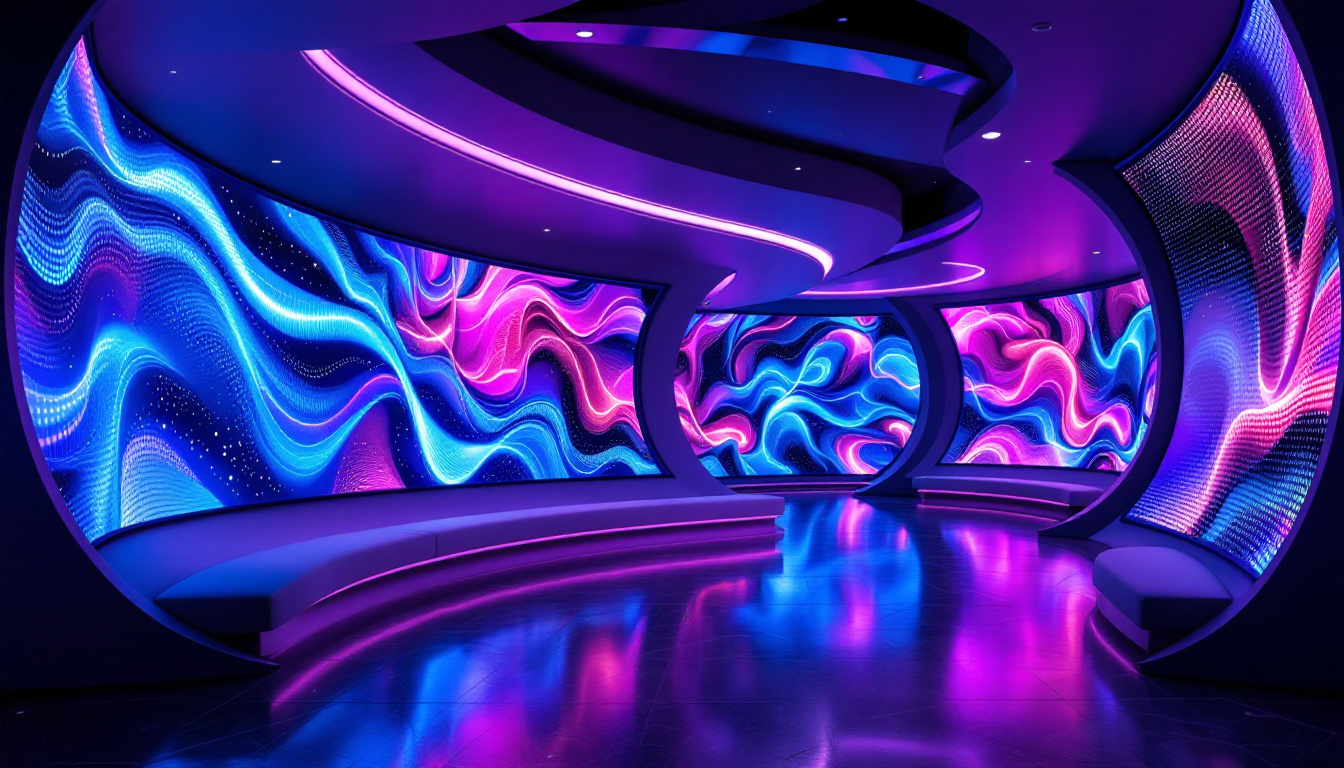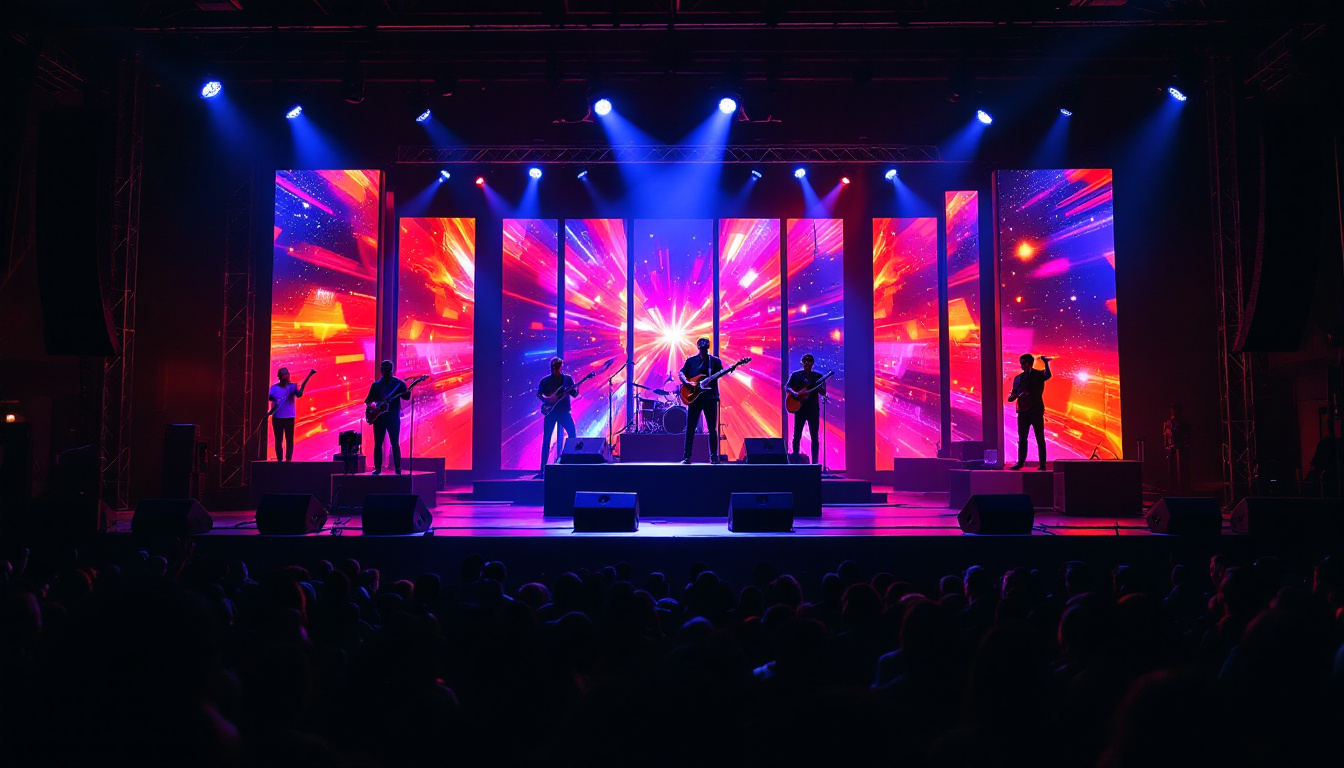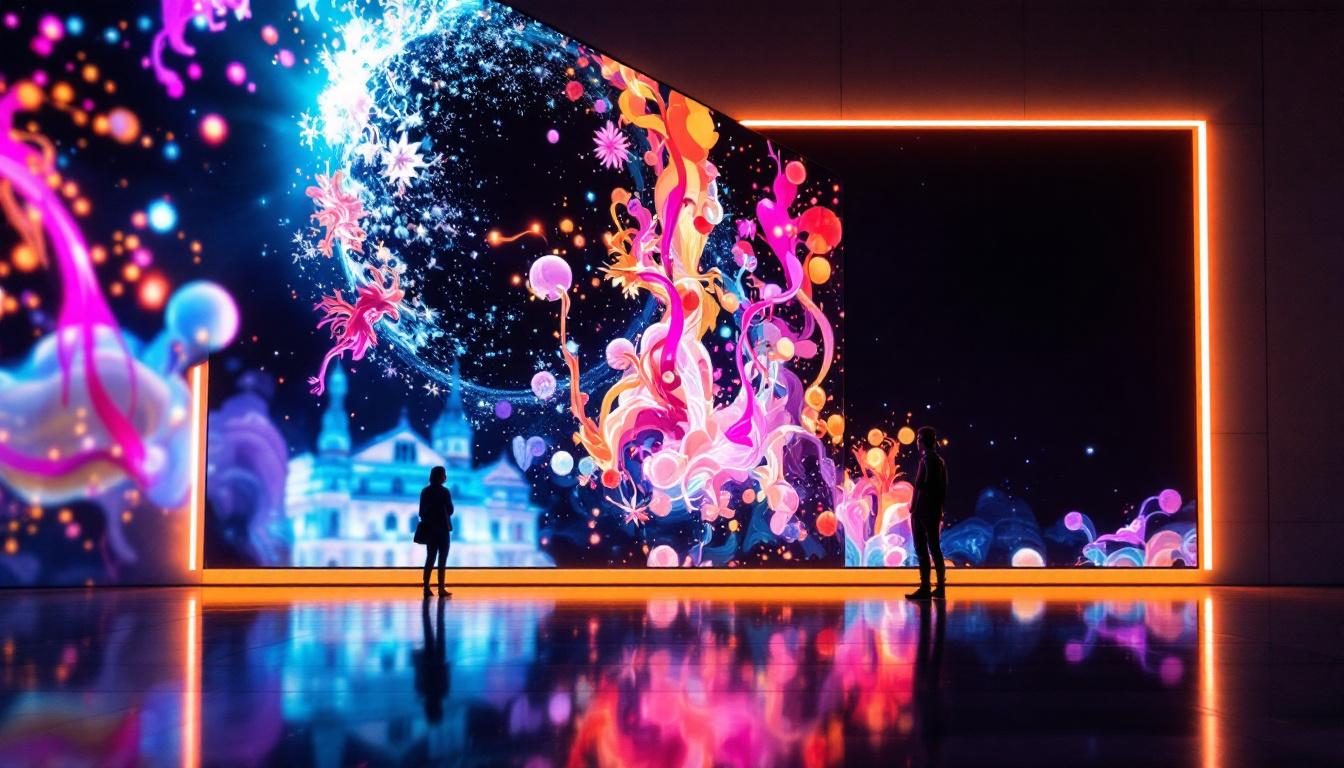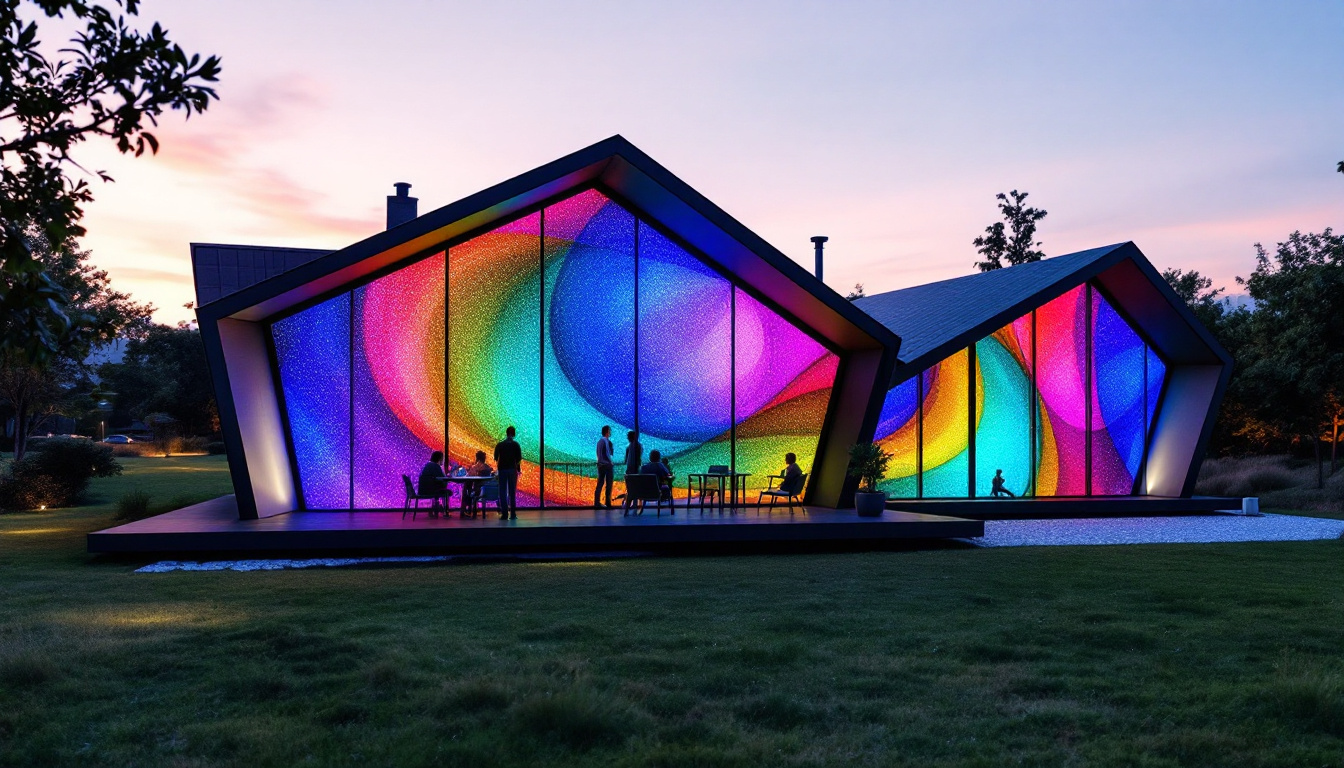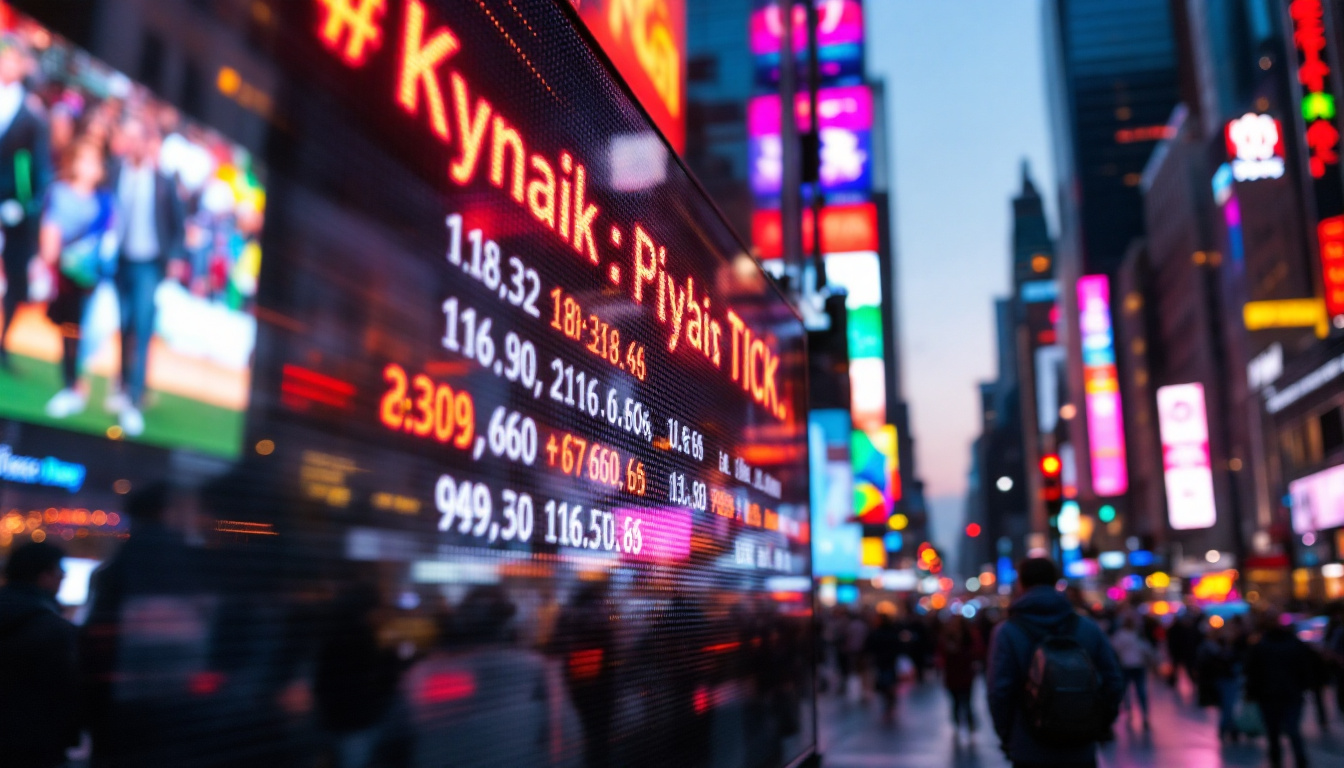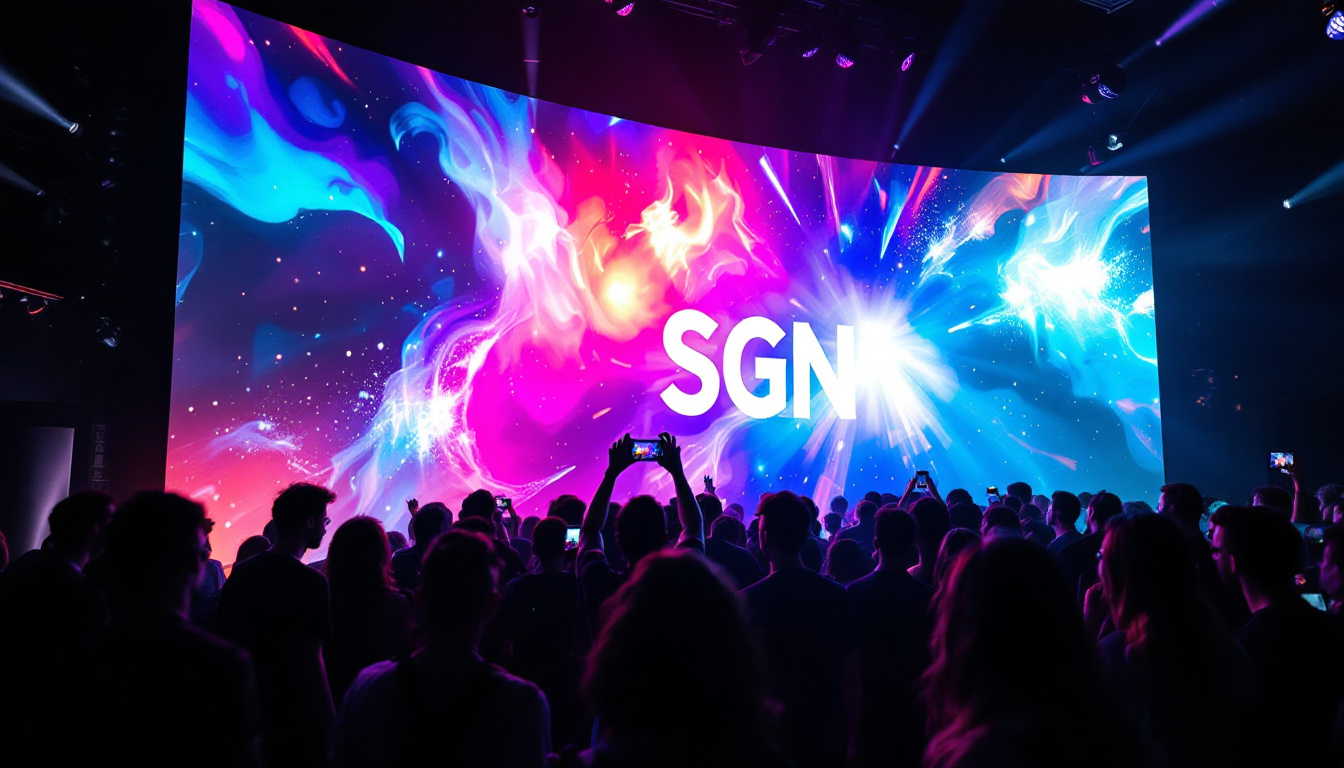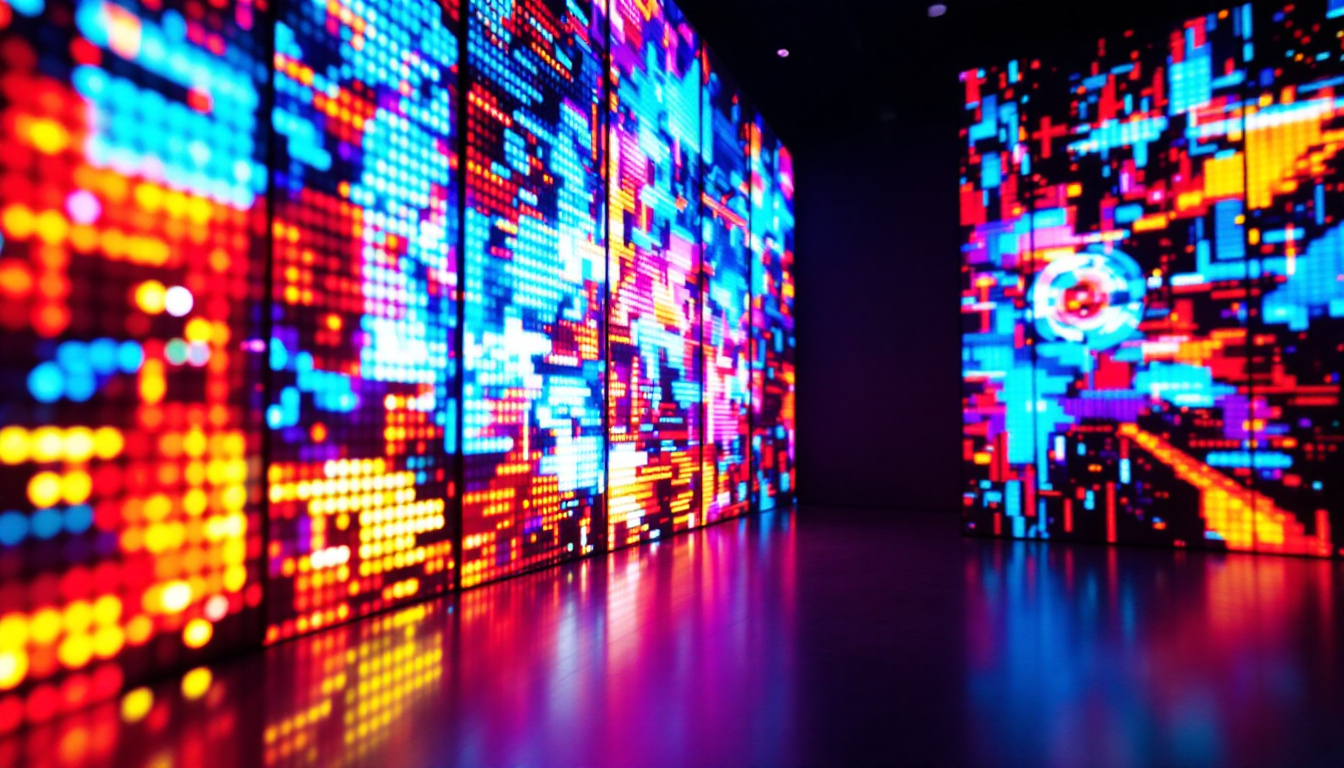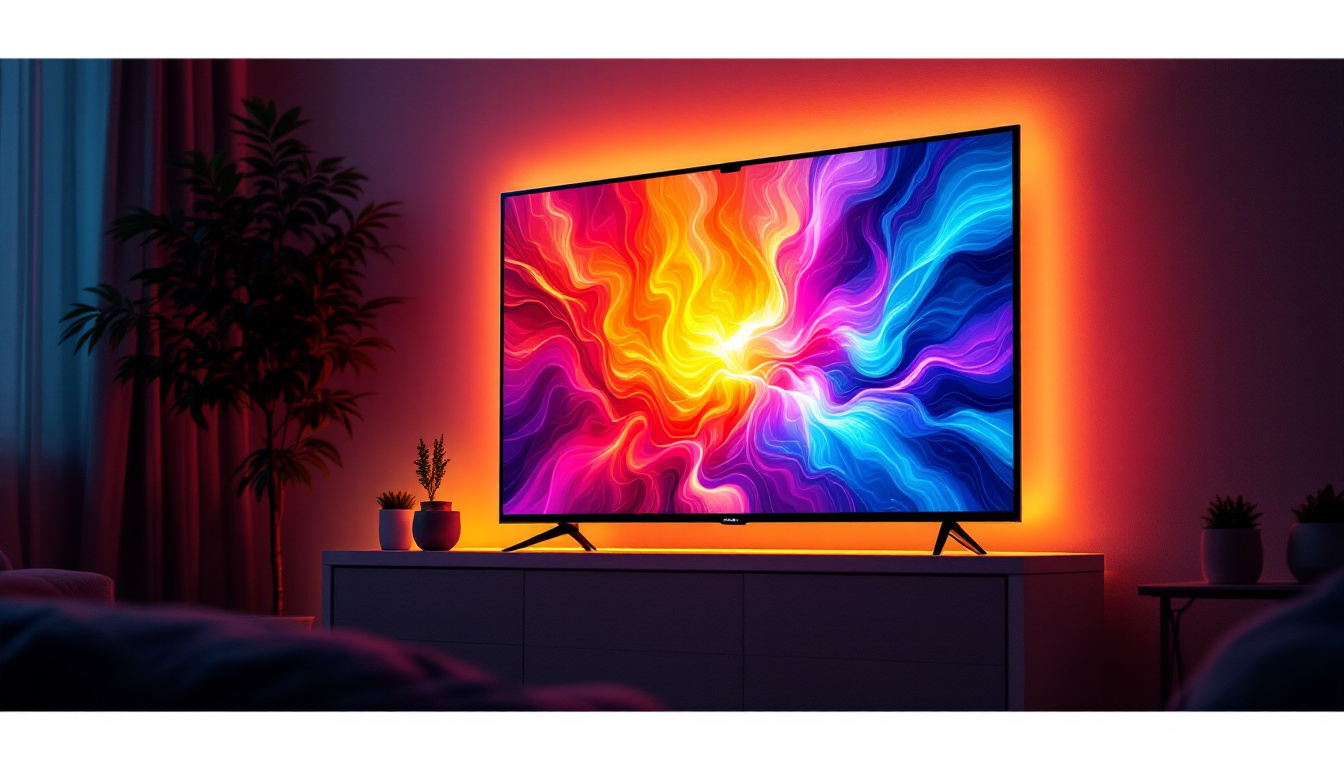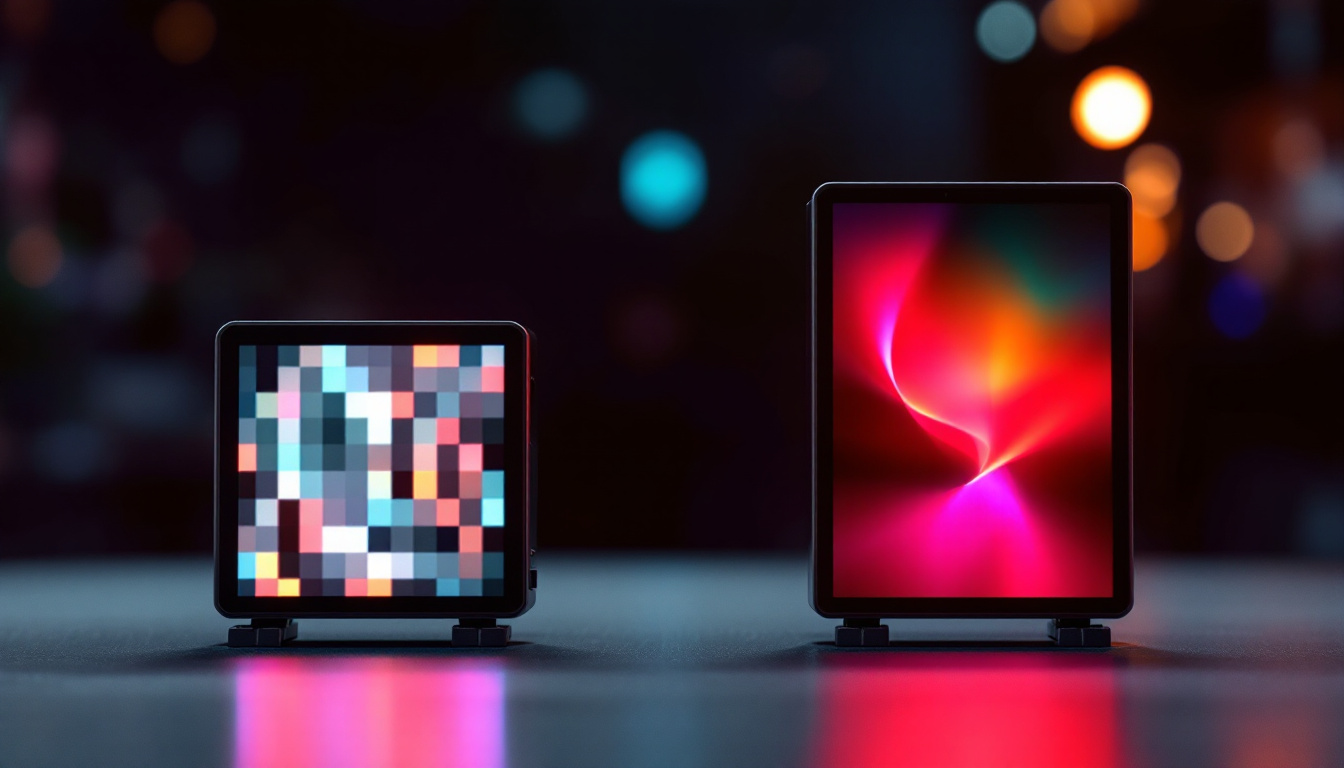In the modern age of advertising and information dissemination, digital screens have become a staple in outdoor settings. Among these, LED displays stand out due to their vibrant colors, energy efficiency, and adaptability. This article delves into the intricacies of outdoor LED displays, exploring their technology, applications, advantages, and future trends.
Understanding LED Technology
Light Emitting Diodes (LEDs) are semiconductor devices that emit light when an electric current passes through them. This technology has revolutionized the way visuals are presented, especially in outdoor environments. LEDs are not only energy-efficient but also have a long lifespan, making them a sustainable choice for lighting and display solutions. Their compact size allows for versatile applications, from intricate designs in architectural lighting to large-scale advertising billboards.
How LEDs Work
LEDs function on the principle of electroluminescence, where electrons recombine with holes within the device, releasing energy in the form of photons. This process results in the bright, efficient light sources that are now commonplace in digital signage. The efficiency of LEDs is remarkable; they convert a higher percentage of electricity into visible light compared to traditional incandescent bulbs, which waste a significant portion of energy as heat. This efficiency not only reduces energy costs but also minimizes the environmental impact of lighting solutions.
Each LED is composed of a chip that emits a specific color of light. By combining red, green, and blue (RGB) LEDs, a wide spectrum of colors can be produced, allowing for dynamic and colorful displays. This RGB combination is the foundation of full-color LED screens, which can produce images and videos that are rich and engaging. Furthermore, advancements in LED technology have led to the development of smart LEDs, which can be programmed for various effects and synchronized with audio, enhancing the overall visual experience in entertainment venues.
Types of Outdoor LED Displays
Outdoor LED displays can be categorized into several types based on their configuration and intended use. The most common types include:
- Fixed LED Displays: These are permanent installations, often used for advertising or information boards in high-traffic areas. Their durability against weather elements makes them ideal for long-term use, providing consistent visibility day and night.
- Mobile LED Displays: These are mounted on vehicles or trailers, making them versatile for events and promotions. Their portability allows for easy relocation to target different audiences, making them a popular choice for marketing campaigns and public announcements.
- Rental LED Displays: Designed for temporary use, these are often used in concerts, festivals, and corporate events. Their modular design allows for quick assembly and disassembly, catering to the dynamic needs of live events.
Each type serves different purposes and is tailored to meet specific needs, whether for constant advertising or temporary promotions. Additionally, the advancements in LED technology have led to the emergence of transparent and flexible LED displays, which can be integrated into windows or unconventional surfaces, further expanding the possibilities for creative advertising and artistic installations. As the demand for eye-catching visuals continues to grow, the versatility and adaptability of LED technology will play a crucial role in shaping the future of outdoor displays.
Applications of Outdoor LED Displays
The versatility of outdoor LED displays has led to their adoption across various sectors. Their applications are as diverse as the environments in which they are installed.
Advertising and Marketing
One of the most prominent uses of outdoor LED displays is in advertising. Businesses utilize these screens to showcase their products, services, and promotions. The bright, eye-catching visuals are designed to attract attention and engage potential customers.
From large billboards in urban centers to smaller displays in retail environments, LED technology allows for dynamic content that can be updated in real-time. This capability enables businesses to run targeted campaigns based on time, location, and audience demographics.
Public Information and Safety
Outdoor LED displays also play a crucial role in disseminating public information. Municipalities use these screens to convey important messages, such as traffic updates, weather alerts, and emergency notifications.
By providing real-time information, these displays enhance public safety and awareness. For instance, digital road signs equipped with LED technology can alert drivers to hazards, road closures, or detours, ultimately contributing to safer travel.
Entertainment and Events
In the entertainment industry, outdoor LED displays are indispensable. Concerts, sports events, and festivals often feature large screens that broadcast live performances, highlights, and advertisements, enhancing the audience’s experience.
These displays allow for a greater connection between performers and attendees, creating an immersive environment that captivates audiences. The ability to broadcast high-definition video and graphics makes outdoor LED displays a preferred choice for event organizers.
Advantages of Outdoor LED Displays
The growing popularity of outdoor LED displays can be attributed to their numerous advantages. Understanding these benefits can help businesses and organizations make informed decisions about their advertising and communication strategies.
Energy Efficiency
One of the standout features of LED technology is its energy efficiency. Compared to traditional lighting solutions, LED displays consume significantly less power while providing brighter visuals. This not only reduces operational costs but also minimizes the environmental impact.
Many outdoor LED displays are designed with features such as automatic brightness adjustment, which optimizes energy consumption based on ambient light conditions. This smart technology ensures that displays are always visible while conserving energy.
Durability and Longevity
Outdoor environments can be harsh, but LED displays are built to withstand the elements. They are typically designed with weather-resistant enclosures that protect against rain, wind, and UV exposure.
Furthermore, LEDs have a long lifespan, often exceeding 100,000 hours of operation. This longevity translates to lower maintenance and replacement costs, making them a cost-effective investment for businesses.
High Visibility and Clarity
Outdoor LED displays are known for their exceptional brightness and clarity. Even in direct sunlight, these screens maintain visibility, ensuring that content is easily seen from a distance.
The high resolution and pixel density of modern LED displays allow for sharp images and text, making them suitable for a variety of content types, from detailed graphics to large-scale video presentations. This clarity enhances the effectiveness of advertising and information dissemination.
Challenges and Considerations
While outdoor LED displays offer numerous advantages, there are challenges and considerations that stakeholders must address before implementation.
Initial Investment Costs
One of the primary challenges associated with outdoor LED displays is the initial investment cost. High-quality LED screens can be expensive, and businesses must weigh this cost against potential returns on investment.
However, it is essential to consider the long-term savings associated with energy efficiency, reduced maintenance, and increased advertising effectiveness. Over time, the benefits often outweigh the initial expenditure.
Content Management
Effective content management is crucial for maximizing the impact of outdoor LED displays. Businesses must invest in content creation and management systems to ensure that their messages are engaging and relevant.
Regular updates and fresh content are necessary to keep audiences interested. This requires a commitment to ongoing strategy development and creative execution, which can be resource-intensive.
Regulatory Compliance
Outdoor advertising is subject to various regulations, which can vary by location. Businesses must ensure that their LED displays comply with local laws regarding size, brightness, and content.
Failure to adhere to these regulations can result in fines or removal of the display. Therefore, it is crucial to conduct thorough research and engage with local authorities before installation.
Future Trends in Outdoor LED Displays
The landscape of outdoor LED displays is continually evolving, driven by advancements in technology and changing consumer preferences. Several trends are shaping the future of this industry.
Integration with Smart Technology
As smart technology becomes increasingly prevalent, outdoor LED displays are expected to integrate with various smart systems. This includes connectivity with mobile devices, allowing for interactive advertising experiences.
For example, businesses may utilize QR codes or NFC technology to enable consumers to engage directly with their advertisements, leading to a more personalized experience. This integration not only enhances engagement but also provides valuable data for businesses.
Enhanced Content Capabilities
With advancements in graphics and video technology, the content displayed on outdoor LED screens is becoming more sophisticated. High-definition displays and 3D visuals are gaining popularity, allowing businesses to create more immersive experiences.
Moreover, the use of augmented reality (AR) in conjunction with LED displays is on the rise. This technology allows for interactive experiences that blend the digital and physical worlds, providing unique opportunities for engagement.
Sustainability Initiatives
As environmental concerns become more pressing, the demand for sustainable practices in advertising is increasing. Outdoor LED displays are expected to evolve to incorporate eco-friendly materials and energy sources.
Many manufacturers are exploring options such as solar-powered LED displays, which can significantly reduce energy consumption and carbon footprints. This shift towards sustainability will likely influence purchasing decisions for businesses looking to align with consumer values.
Conclusion
Outdoor LED displays have transformed the way information is shared and advertisements are presented in public spaces. Their vibrant visuals, energy efficiency, and adaptability make them an invaluable tool for businesses and organizations alike.
While there are challenges to consider, the benefits of LED technology far outweigh the drawbacks. As technology continues to advance, outdoor LED displays will become even more integral to effective communication strategies across various sectors.
In a world where capturing attention is paramount, outdoor LED displays represent a powerful medium for engagement, making them a key player in the future of advertising and information dissemination.
Illuminate Your Message with LumenMatrix
Ready to elevate your outdoor advertising and information dissemination to new heights? Discover the exceptional clarity, energy efficiency, and dynamic capabilities of LumenMatrix’s LED display solutions. From vibrant outdoor displays to interactive indoor experiences, our technology is designed to captivate and engage your audience. Check out LumenMatrix LED Display Solutions today and transform the way you communicate with the world.

